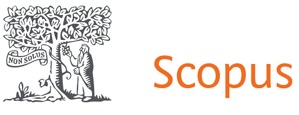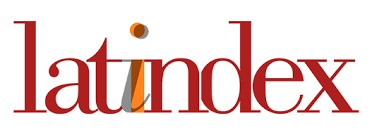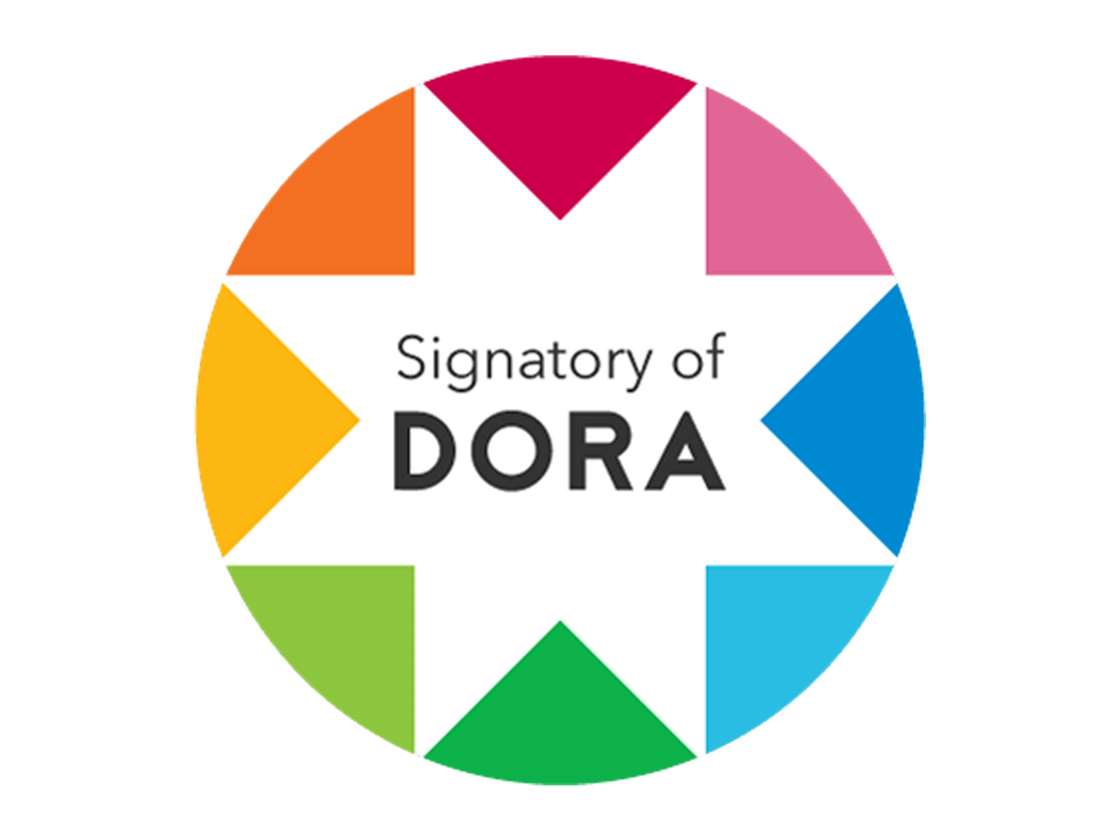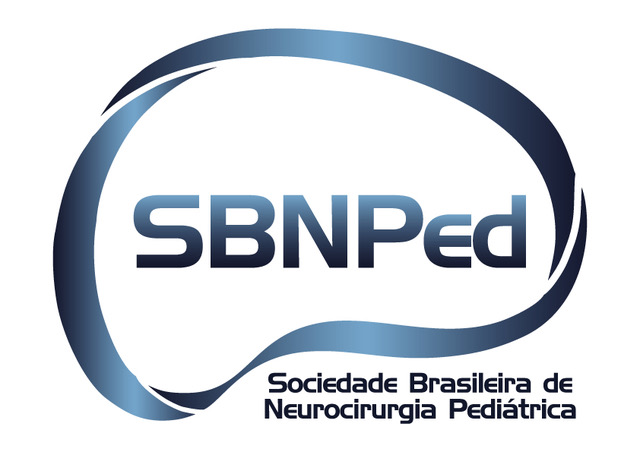Selective Ventral and Dorsal Rhizotomy for Refractory Status Dystonicus Cerebral Palsy: A Case Report
DOI:
https://doi.org/10.46900/apn.v7i3.319Keywords:
dystonia, cerebral palsy, Spasticity, neurosurgery, rhizotomyAbstract
Introduction/Background: Status dystonicus (SD) is a life-threatening neurological emergency, particularly in children with mixed-type cerebral palsy (CP), where dystonia and spasticity coexist. Although deep brain stimulation (DBS) is a recognized therapeutic option, its use in acute settings and resource-limited environments can be challenging.
Case Presentation: We report the case of a 4-year-old boy with mixed CP secondary to traumatic brain injury, who developed refractory SD. The patient presented with severe dystonia, spasticity (Ashworth grade 3) and required intensive care due to rhabdomyolysis and autonomic instability. After failure of clinical management, a mixed selective rhizotomy (MVR) was performed as an emergency intervention.
Conclusions: MVR resulted in immediate motor relief, full resolution of SD, and functional improvement of the upper limbs. This case highlights MVR as an effective, low-cost and viable alternative for controlling refractory SD in patients with mixed motor phenotypes, especially in resource-limited settings.
Downloads
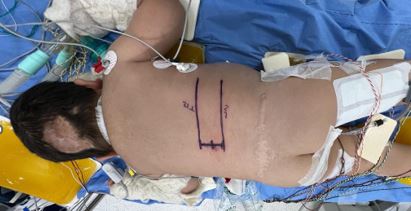
Downloads
Published
How to Cite
Issue
Section
Categories
License
Copyright (c) 2025 Antônio Jorge Barbosa de Oliveira , Patricia Dumke da Silva Moller, Bruna Sousa Rodrigues, Kesia Priscilla Omena Cardoso, Arthur de Melo Monteiro Bastos , Rayane Gomes de Sousa

This work is licensed under a Creative Commons Attribution 4.0 International License.

When publishing in Archives of Pediatric Neurosurgery journal, authors retain the copyright of their article and agree to license their work using a Creative Commons Attribution 4.0 International Public License (CC BY 4.0), thereby accepting the terms and conditions of this license (https://creativecommons.org/licenses/by/4.0/legalcode).
The CC BY 4.0 license terms applies to both readers and the publisher and allows them to: share (copy and redistribute in any medium or format) and adapt (remix, transform, and build upon) the article for any purpose, even commercially, provided that appropriate credit is given to the authors and the journal in which the article was published.
Authors grant Archives of Pediatric Neurosurgery the right to first publish the article and identify itself as the original publisher. Under the terms of the CC BY 4.0 license, authors allow the journal to distribute the article in third party databases, as long as its original authors and citation details are identified.









